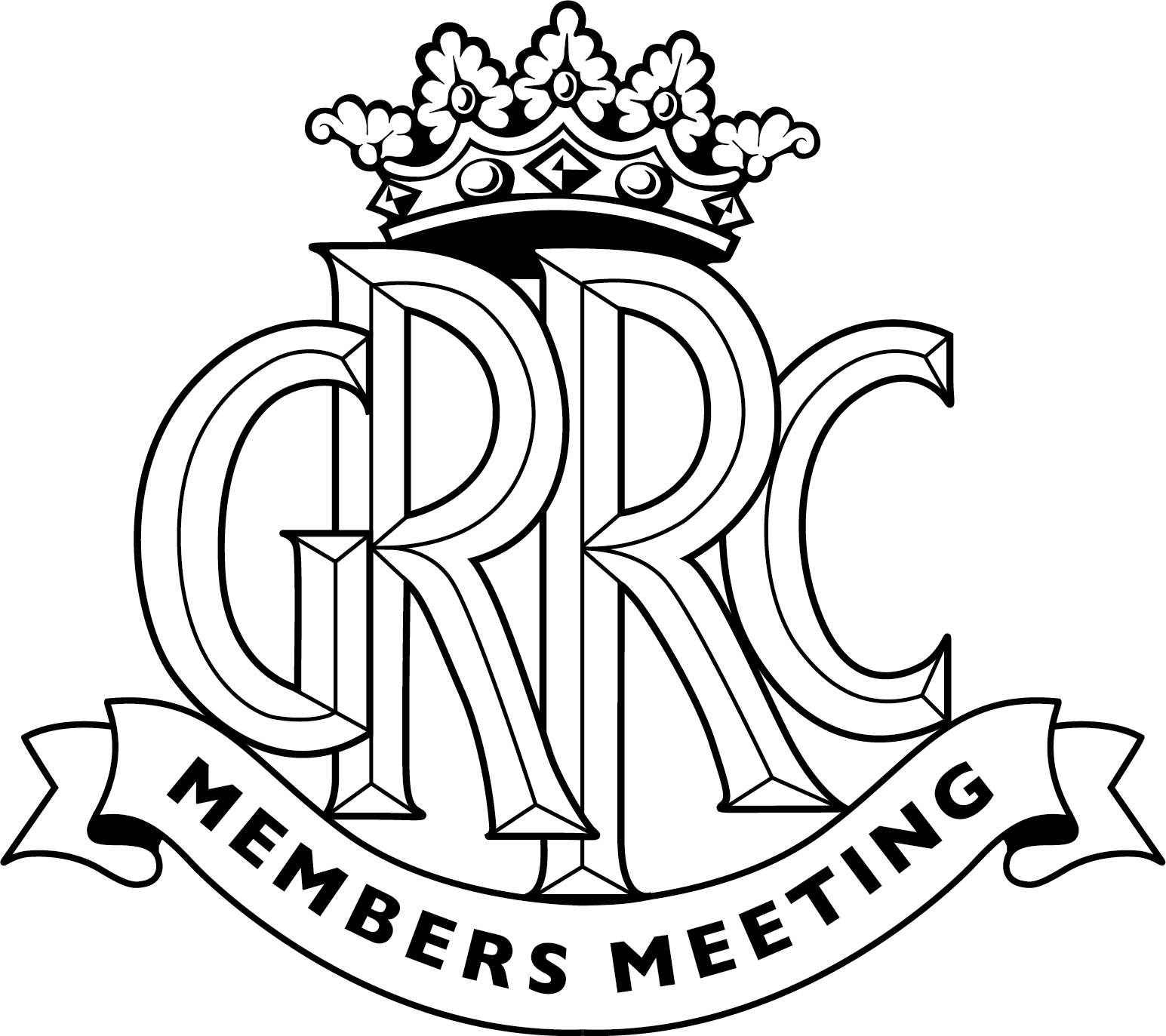Williams’ four greatest seasons in F1
So an era ends. Once upon a time, you’d have expected some of thunder clap, or even some sort of seismic shift, upon hearing news that Sir Frank Williams is no longer a Formula 1 team owner. But it says much about how low the team has fallen that confirmation on Friday that the Williams team has found a buyer was met mostly with sad resignation and a shrug of the shoulders. After 43 intensive years, in which the team won nine constructors’ titles, seven drivers’ titles and 114 grands prix, Frank Williams has bowed to the inevitable.

The sale to private investment firm Dorilton Capital does at least guarantee the Williams name won’t disappear from the grid – for now – and it’s no coincidence the deal follows hot on the heels of the team joining the other nine current teams in signing the new Concorde Agreement. Inking that all-encompassing financial deal that binds F1 together was vital to Williams finding new investment, because it confirmed a higher value for the company that remains fully locked into grand prix racing. Dorilton Capital will now benefit from the improved share of revenues that are due to follow under the new Concorde, too.
But what happens to this wonderful, historic team beyond the immediate future is anyone’s guess. For now, let’s remember what Williams means to F1 by looking back at the key years in its illustrious history – before the rot set in.

1979: Bravo, Frank
The first world titles were captured in 1980, but it was the previous season that really established Williams as a bona fide major player in F1. For years Frank Williams had struggled for a foothold on the grid, lacking the budget and technical depth to rise far beyond what used to be known cruelly as a ‘start line specialist’: turn up, take the start money and anything else is a bonus. Few took him seriously.
But by 1979, a new iteration of Frank’s team – and surely his last chance of finally making it stick – was gaining pace. In team co-founder Patrick Head, whom Frank met during his short-lived partnership with Walter Wolf, he finally had a safe pair of hands who could engineer a winning car. That car was the FW07, in essence a beautifully conceived and improved version of the Lotus 79 ground effects ‘missile’ in which Mario Andretti had won his title in ’78. By mid-season, reliability gremlins had been ironed out and at Silverstone, a true power circuit, Jones beat Jean-Pierre Jabouille’s Renault turbo to pole position by sixth tenths of a second – with nothing more than a Cosworth DFV. A water pump leak led to piston failure in the race, but no matter: veteran team-mate Clay Regazzoni was there to pick up the pieces and deliver Williams a first victory – on home soil too. “Bravo, Frank,” purred Clay to the gathered press afterwards.
From there, Jones won four of the next five races. Too late to stop Jody Scheckter and Ferrari from winning the title, but suddenly there was no doubt: Williams had arrived.

1987: Mansell vs. Piquet
A Honda engine deal finally gave Williams an opportunity to work with turbo power in 1984, but it took time for the Japanese manufacturer to hone the V6. Steady progress, particularly in 1985, led to the wonderful FW11 in 1986 as Nelson Piquet switched from Brabham to join Nigel Mansell. Either could have been champion, neither was, as Alain Prost snatched the crown in Adelaide after Mansell’s dramatic tyre failure. But even the great Frenchman wouldn’t get a look-in during 1987.
Mansell was faster, taking eight poles to Piquet’s four, and six wins versus three. But a string of second places kept the Brazilian in the hunt after he’d escaped a serious accident at Imola’s fearsome Tamburello turn – the corner where Ayrton Senna would die seven years later. Some say Piquet was never the same after that shunt, but it says much for his ambition, work ethic and underrated ability that he emerged as champion. Of course, it helped that Mansell threw his FW11B into the tyres in practice at Suzuka and was ruled out from the end of the season, but still: Piquet deserved his third title.

1992: Finally… it’s Mansell
The loss of Honda after 1987 was a huge blow, but only in the short-term. The banning of turbos in favour of normally aspirated engines from 1989 offered a new opportunity, as Williams teamed up with Renault and its peach of a V10, the evolution of which would dominate the 1990s.
In harness with a range of so-called ‘driver aids’ – traction control, ABS, active suspension – the FW14B represented a new benchmark for F1 performance. The collaboration between Head and brilliant chief designer Adrian Newey, hired from Leyton House (March), delivered Mansell the perfect car for his finest season.
Ten race victories, six team one-twos, 15 out of 16 pole positions and a car that led 80 per cent of the season’s laps. Those are the bare statistics that Williams racked up in 1992 with Mansell and Riccardo Patrese, as Nigel earned the title that had eluded him for so long. What a shame, then, that he didn’t defend it: ‘Red Five’ upped sticks and headed to IndyCars for ’93, unhappy that Prost was on his way.

1996: Hill hits the summit
Prost’s fourth title, Senna’s death at Imola in ’94, stoic Damon Hill stepping up to the plate, then Michael Schumacher nerfing him out of an Adelaide title decider… Williams was central to a dramatic, and at times traumatic, F1 narrative for most of the 1990s. But when Schumacher left Benetton for Ferrari in ’96, Hill’s path was clear to deliver relatively untroubled titles for himself and the team – only for Damon to find out towards the end of the summer that he was losing his drive. Typical Williams.
In Frank’s defence, Hill didn’t play it too cleverly by driving poorly in 1995 and handling new-deal negotiations badly. He sent in his manager rather than handling it himself, and it backfired when Frank decided to hire Heinz-Harald Frentzen in his place for 1997. The 1996 season finale brought a lump to our throats – and Murray Walker’s – but for the third time in the decade, a Williams world champion would not defend his crown. Nothing was ever straightforward with this team.
The final titles followed in 1997, as Jacques Villeneuve made the most of Newey’s last Williams. Thereafter, the team moved on to BMW power in the new millennium, but the relationship had wilted and died by end the end of 2005. Ever since, the team has been a proud ‘indie’ operation, relying on customer engines and too often pay drivers to see it through. The team that once flew so high now has much in common with Tyrrell, Lotus and Brabham. The Williams name remains for now, but it won’t be the same without Frank – and as a private investment firm enters stage left, with no obvious connection to motor sport, you can’t help wondering how long it will be before another great name is left as nothing but a memory.
Images courtesy of Motorsport Images.
Williams
Formula 1
Clay Regazzoni
Damon Hill
Nigel Mansell
Frank Williams






